As a key passive component in fiber optic communication systems, the optical splitter is mainly used to distribute optical signals to multiple output ends. It boasts high stability and reliability and is widely used in data centers, fiber optic communications, and cable TV, among other fields. Optical splitters are categorized into fused biconical taper (FBT) and planar lightwave circuit (PLC) types, with PLC splitters offering advantages in high-port applications. With changes in communication demands, optical splitters are evolving towards higher integration, lower loss, and enhanced intelligence, driving technological advancements and market expansion.
Optical splitters are essential passive devices in fiber optic communication systems, used to distribute optical signals from a single fiber to multiple output ends. They provide high stability and reliability and can distribute power uniformly or proportionally across a wide wavelength range. Their compact structure and ease of installation make them highly practical. Based on the manufacturing process, optical splitters are divided into fused biconical taper (FBT) and planar lightwave circuit (PLC) types.
Concept of Optical Splitters
Optical Splitters, also known as splitters, are important passive optical components in fiber optic communication systems. They are mainly used to distribute optical signals from a single fiber evenly or proportionally to multiple fiber output ends. These output beams can have the same power distribution (i.e., uniform splitting) or distribute power according to specific ratios (i.e., non-uniform splitting).
Advantages of Optical Splitters
Optical splitters possess high stability and high reliability, capable of uniformly distributing optical signals across a wide wavelength range. They have low insertion loss and low polarization-dependent loss, ensuring efficient and stable signal transmission. Additionally, optical splitters offer good controllability, allowing users to accurately adjust beam intensity, direction, and wavelength parameters. Moreover, optical splitters are compact, small in size, easy to install and deploy, and support multi-port splitting to effectively distribute the signal of a single fiber to multiple users. This greatly enhances the utilization of network resources and reduces construction and maintenance costs.
Classification of Optical Splitters
Optical splitters are primarily divided into FBT and PLC optical splitter types based on their splitting principle and manufacturing process. FBT couplers use fused biconical taper technology, where multiple fibers with the coating removed are fused and stretched to form a splitting point. They are suitable for scenarios with fewer splits and are cost-effective but have poorer splitting uniformity. PLC splitters, on the other hand, are based on quartz substrate integration technology, using fiber arrays coupled with input and output fibers. They are suitable for applications with a higher number of splits, such as 1×8 and above, offering better splitting uniformity and cost advantages. At the split count of 1×8, PLC and FBT have similar costs; however, for split counts of 1×16 and above, PLC has a clear cost-performance advantage. For applications with 1×4 and below, FBT couplers have a higher cost-performance ratio.

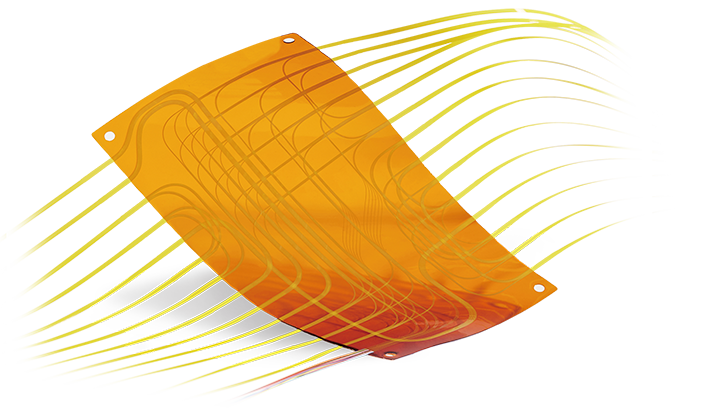 Fiber Optic Flex Circuit (FOFC)
Advanced Simulation & Optimization, High Positioning Accuracy, Flexible Customization, Rigorous Reliability Testing
Fiber Optic Flex Circuit (FOFC)
Advanced Simulation & Optimization, High Positioning Accuracy, Flexible Customization, Rigorous Reliability Testing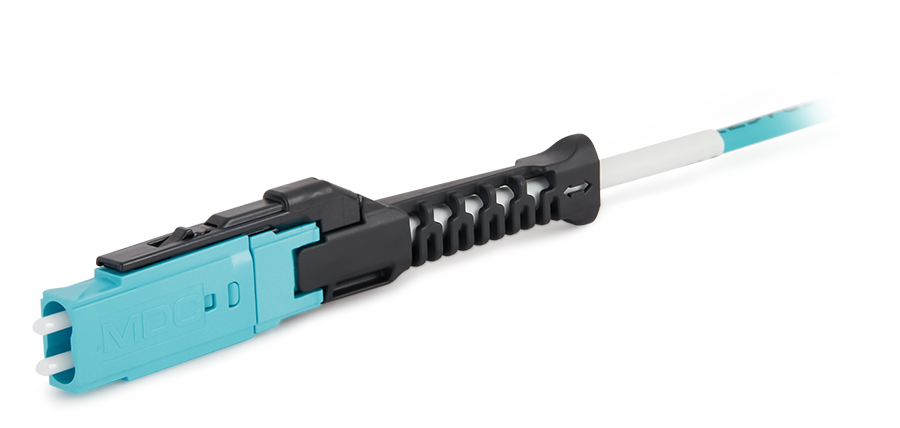 MDC Solution
US Conec's MDC connector is a Very Small Form Factor (VSFF) duplex optical connector, expertly designed for terminating single-mode and multimode fiber cables with diameters up to 2.0mm.
MDC Solution
US Conec's MDC connector is a Very Small Form Factor (VSFF) duplex optical connector, expertly designed for terminating single-mode and multimode fiber cables with diameters up to 2.0mm.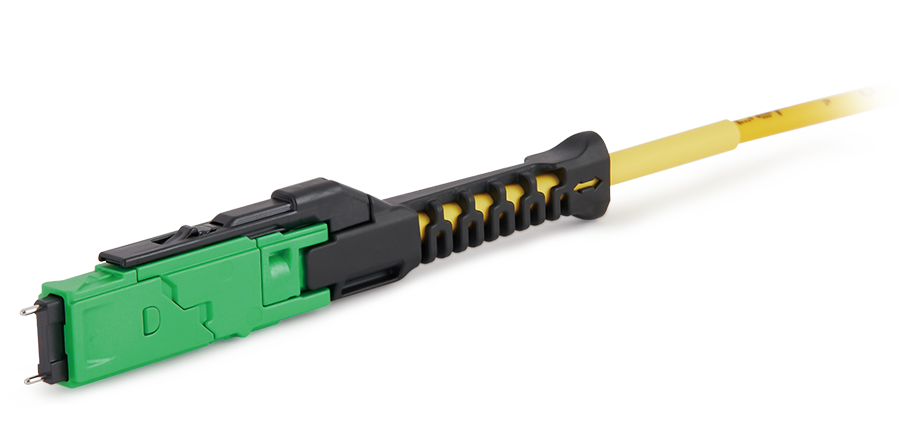 MMC Solution
US Conec's Very Small Form Factor (VSFF) multi-fiber optical connector that redefines high-density connectivity with its cutting-edge TMT ferrule technology and intuitive Direct-Conec™ push-pull boot design.
MMC Solution
US Conec's Very Small Form Factor (VSFF) multi-fiber optical connector that redefines high-density connectivity with its cutting-edge TMT ferrule technology and intuitive Direct-Conec™ push-pull boot design. EN
EN
 jp
jp  fr
fr  es
es  it
it  ru
ru  pt
pt  ar
ar  el
el  nl
nl 

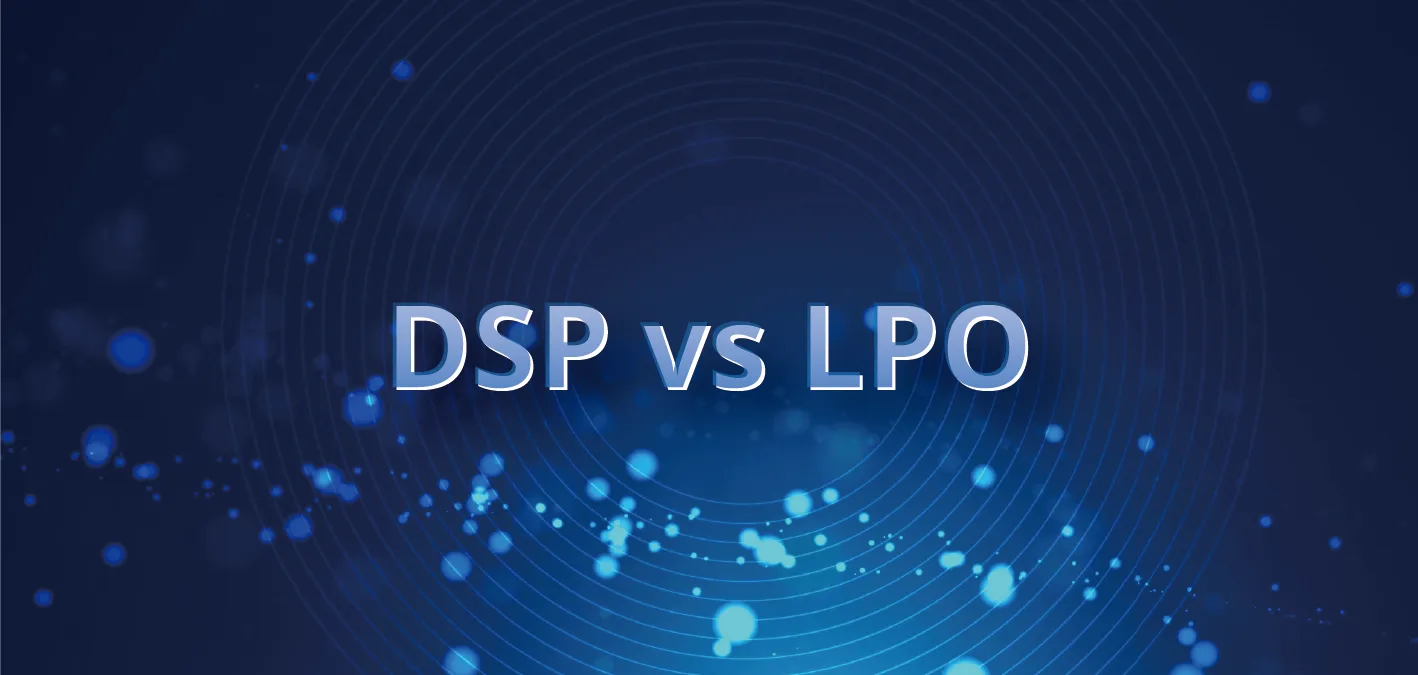
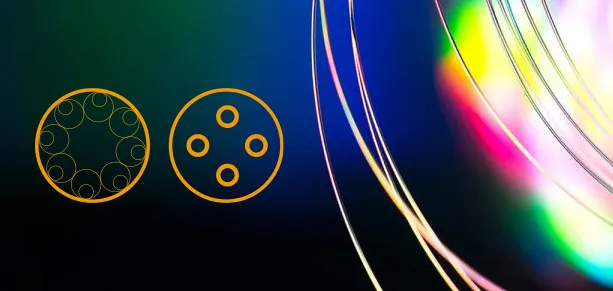
_and_High-Reflection_(HR)_Optical_Coatings.webp)
